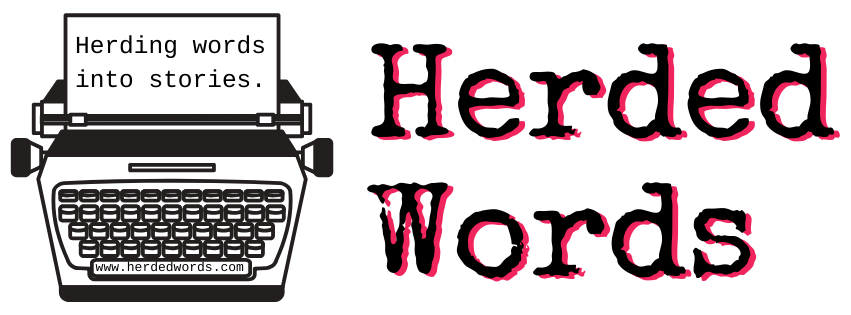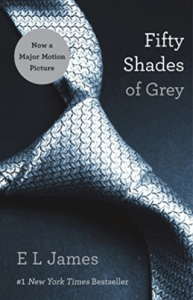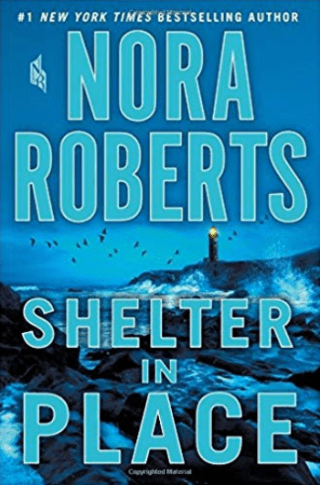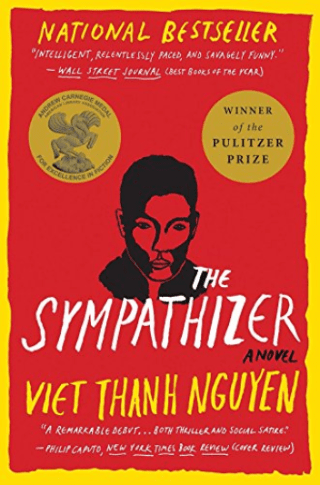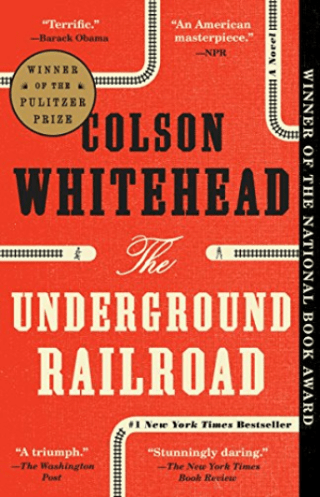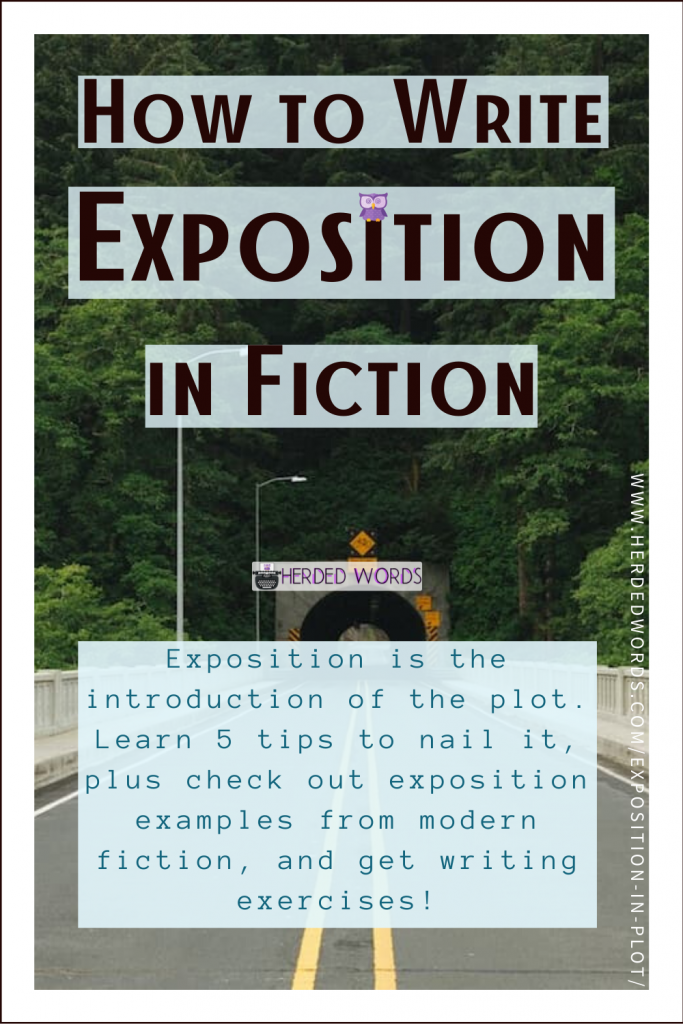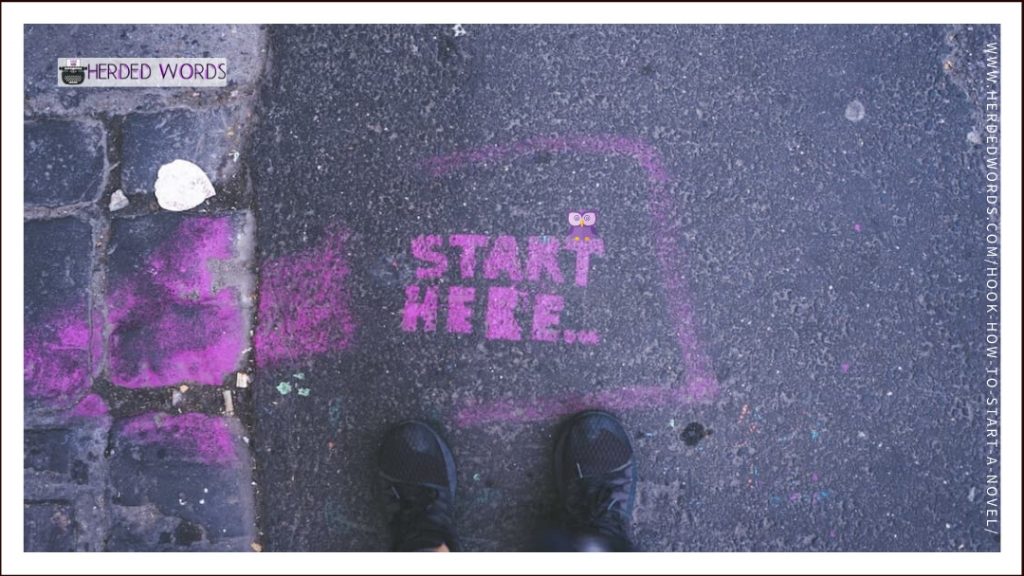
Listen to this post
Herdedwords.com uses affiliate links. This means we receive a commission on the sale of certain items. This is at NO additional cost to you. Visit the policies page to learn more.
How you start your novel is crucial to its success. A strong hook will encourage a reader to read the whole book.
A boring hook? Your reader is going to think the whole book will be boring and might stop reading.
Table of Contents
Elements of a Hook that Catches
Use these four elements to make your hook as effective as possible.
#1 – It starts immediately
The first word is where the hook begins. A hook should not need setup. It should not be answering questions. A hook should start right away and leave readers asking questions.
#2 – Make them Wonder
Once upon a time you probably learned something about the ‘6 W’s’ (Who, What, Where, When, Why, & How). These are the questions a good story answers – but not in the hook. The hook should leave the reader wondering about (at least) one of these.
#3 – Set the Mood & Tone
The hook should set the mood and tone of the entire novel. If your hook is wildly different than your novel, your reader is going to be disappointed.
#4 – Short & Sweet (Minimal Exposition)
The hook is not the time to give a bunch of exposition and backstory. Your reader doesn’t know your characters and world yet, so they don’t care about them yet. The hook isn’t the time to make them care, it’s a time to make them wonder.
The hook is the time to make a reader desperate to read more. Keep it short and on point.
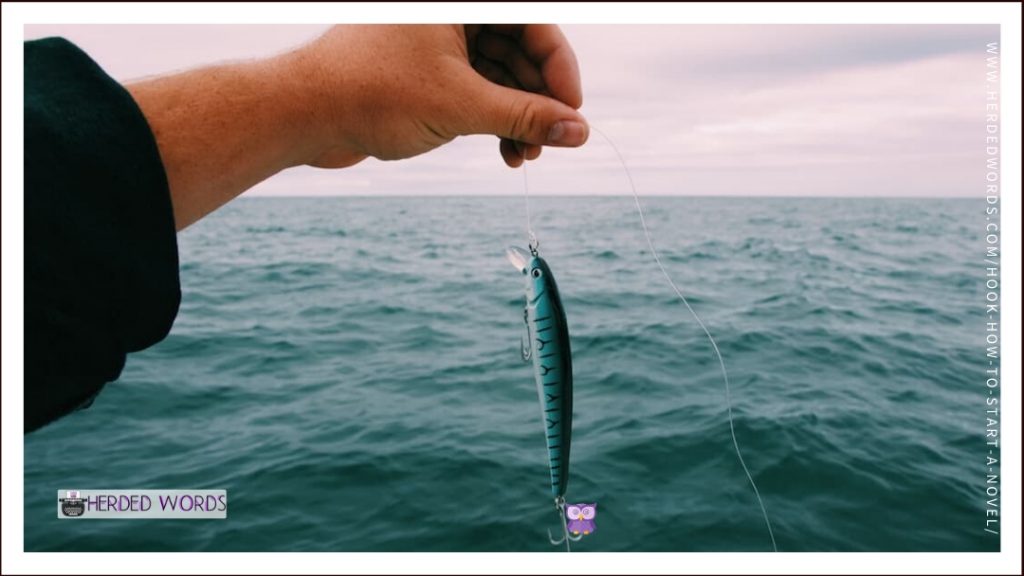
Common Hook Options
You can make your hook anything – as long as it will snag the attention of your reader. Here are the three most commonly used hooks.
#1 – An Immediate Shock
Pretty self-explanatory. SHOCK the reader with something. This is common in suspense, mystery, and thrillers.
#2 – A Life-Changing Moment
This is a big moment that the reader and characters recognize easily as life-changing. There’s no subtlety, it’s obvious.
Examples of life-changing personal (and positive) moments include having a baby, graduation, getting engaged, getting a new (amazing) job. There are also moments that are momentous for society: walking on the moon, 9/11.
#3 – An Event/Party/Gathering
When a hook involves an event or other gatherings, it usually is paired with dueling emotions. A happy party and something tragic occurs. A somber event and something exciting happens.
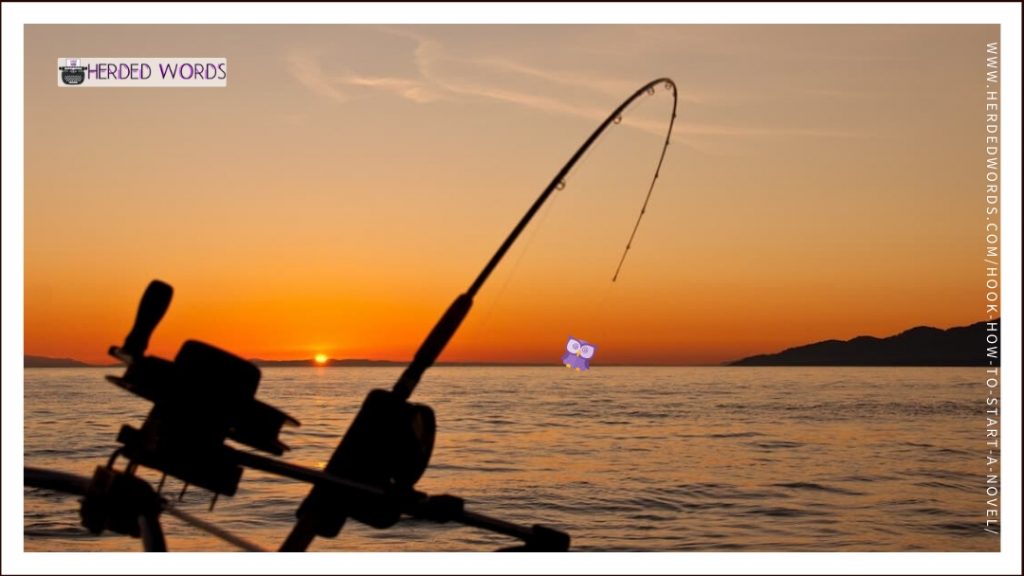
How Long Should a Hook Be?
That depends – anywhere from a sentence to the entire first chapter. The shorter the hook, the more difficult it will be to write. BUT, the shorter the hook, the more effective it will be to read.
Remember, the goal of the hook is to snag the readers’ attention so they want to read your entire book. If it takes you 10,000 words to do that, is it really a hook? How many readers are going to give up before they come to the “end” of the hook?

Hook Examples
It’s time to look at some examples of the hook from bestselling and award-winning modern fiction.
FIFTY SHADES OF GREY
FIFTY SHADES OF GREY, published in 2011, is a romance novel by E. L. James. It’s book 1 in the Fifty Shades trilogy.
FIFTY SHADES OF GREY spent 29 weeks at #1 on the NYT bestseller list. By June 2015 it had sold over 125 million copies worldwide. The movie was released in 2015.
The Hook
I find it difficult to determine what exactly is supposed to be the hook. It’s not clear.
I’d say this is the closest to the start of a hook:
“We’re not finished here, Andrea. Please cancel my next meeting.”
Andrea hesitates, gaping at him. She’s appears lost. He turns his head slowly to face her and raises his eyebrows. She flushes bright pink. Oh good. It’s not just me.
It’s our first sign of something interesting, different, unusual happening that relates to Anastasia & Christian.
#1 – Immediately
No. The very beginning of this novel is not a hook.
The ‘hook’ occurs closer to the end of the first chapter than the beginning.
#2 – Wonder
This is a romance, so we can be certain the pair will meet again. But, there’s still the wonder of why Christian (who’s described as handsome, young, wealthy, and successful) seems to be acting abnormally with Anastasia.
#3 – Mood/Tone
The entire first chapter (since the hook is rather difficult to pin down), sets the mood/tone for the novel.
Anastasia thinks very little of herself and very highly of Christian Grey.
Double crap – me and my two left feet! I am on my hands and knees in the doorway to Mr. Grey’s office, and gentle hands are around me helping me to stand. I am so embarrassed, damn my clumsiness. I have to steel myself to glance up. Holy cow – he’s so young.
Why does he have such an unnerving effect on me? His overwhelming good-looks maybe? The way his eyes blaze at me? The way he strokes his index finger against his lower lip? I wish he’d stop doing that.
#4 – Short
Yes and no. Since it’s hard to pin down an actual hook, you could argue that it’s extremely short.. or extremely long.. your call.
SHELTER IN PLACE
SHELTER IN PLACE, published in 2018, is a romance novel by Nora Roberts.
SHELTER IN PLACE spent 1 week at #1 on the NYT Bestseller List. Between 2009 and 2018, Nora Roberts spent a total of 29 weeks at #1 on the NYT Bestseller list (16 weeks as Nora Roberts + 13 weeks as JD Robb).
The Hook
The hook in SHELTER IN PLACE is simple.
On Friday, July 22, 2005, Simone Knox ordered a large Fanta—orange—to go with her popcorn and Swedish Fish. The choice, her standard night-at-the-movies fare, changed her life, and very likely saved it. Still, she’d never drink Fanta again.
#1 – Immediately
The hook is the very first paragraph.
#2 – Wonder
…Changed her life, and very likely saved it…
Why did a large Fanta change/save her life? It sounds extreme and makes the reader want to find out what happens.
#3 – Mood/Tone
The mood/tone is both serious (never drink Fanta again) and light/young (Fanta, popcorn, and Swedish fish).
#4 – Short
The hook is a single paragraph. It’s short, to the point, and does its job.
THE SYMPATHIZER
THE SYMPATHIZER, published in 2015, is a historical fiction novel by Viet Thanh Nguyen.
THE SYMPATHIZER won the 2016 Pulitzer Prize for Fiction.
The Hook
I love this hook. It’s so simple but ridiculously effective.
I AM A SPY, a sleeper, a spook, a man of two faces. Perhaps not surprisingly, I am also a man of two minds.
#1 – Immediately
The first words.
#2 – Wonder
Who are you? A spy for who? The term spook implies government but which one(s)?
#3 – Mood/Tone
It’s very reminiscent with hints of danger to come.
#4 – Short
The hook is only one or two sentences (it’s debatable. I choose 2).
THE UNDERGROUND RAILROAD
THE UNDERGROUND RAILROAD, published in 2016, is a historical fiction novel by Colson Whitehead. Amazon Studios is planning a limited drama series based on the novel.
THE UNDERGROUND RAILROAD won the 2017 Pulitzer Prize for Fiction and the 2016 National Book Award for Fiction.
The Hook
The hook in THE UNDERGROUND RAILROAD is a single sentence.
THE first time Caesar approached Cora about running north, she said no.
#1 – Immediately
This is the very first sentence of the book. It doesn’t get any more immediately than that.
#2 – Wonder
There’s a lot to wonder about here. Why does Caesar want to run north? Why doesn’t Cora? How many times did he ask? Does she eventually say yes? Does he go without her?
#3 – Mood/Tone
This hook is an excellent example of how word choice affects reader perception of the mood/tone of a story.
The word first means that even though Cora says no, Caesar asks again.
Running north suggests they’re leaving something. Running away. It’s also representative of the novel as a whole. The author could have chosen a number of other words (escaping, leaving, going north, getting out) that all would have had slightly less impact.
#4 – Short
This hook does a lot in a short (one sentence) time.
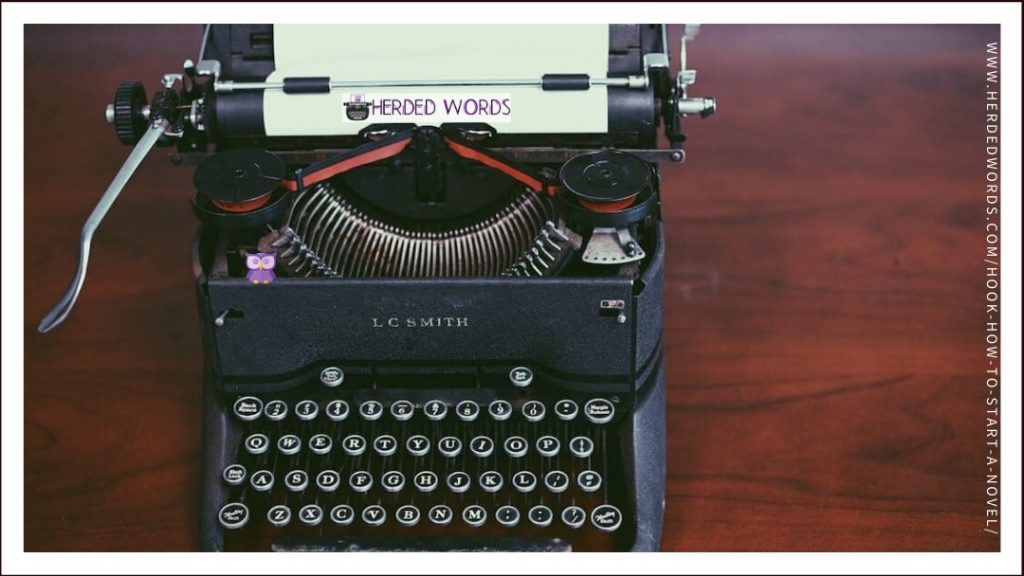
Writing Practice
How will you start a novel? It’s time for you to practice what you’ve learned. Check out the following writing exercises and prompts. They’ll help you master the hook of a novel in no time!
Exercise: Analyze More Novels
Every genre will be a little different. Choose some of your favorite novels and some novels in the genre you want to write in (if they’re different). Analyze the X of each novel.
- How does the novel start? What is the hook?
- When does the hook start?
- How long is it?
- Does it make you want to keep reading? Why or why not?
- Does it set the mood/tone for the story to come? Explain.
Exercise: Adapt LITTLE RED
Now that you understand how the hook works, it’s time to write one for LITTLE RED-CAP.
LITTLE RED-CAP starts in the traditional fairy tale manner of “Once upon a time…” but that’s not a hook!
Your task: Write a fantastic hook for LITTLE RED-CAP.
Prompt:
The good die young because good deeds reduce your lifespan. Bad deeds? Those get you more years to live.
Your task: Write a hook.
Reel ‘Em In
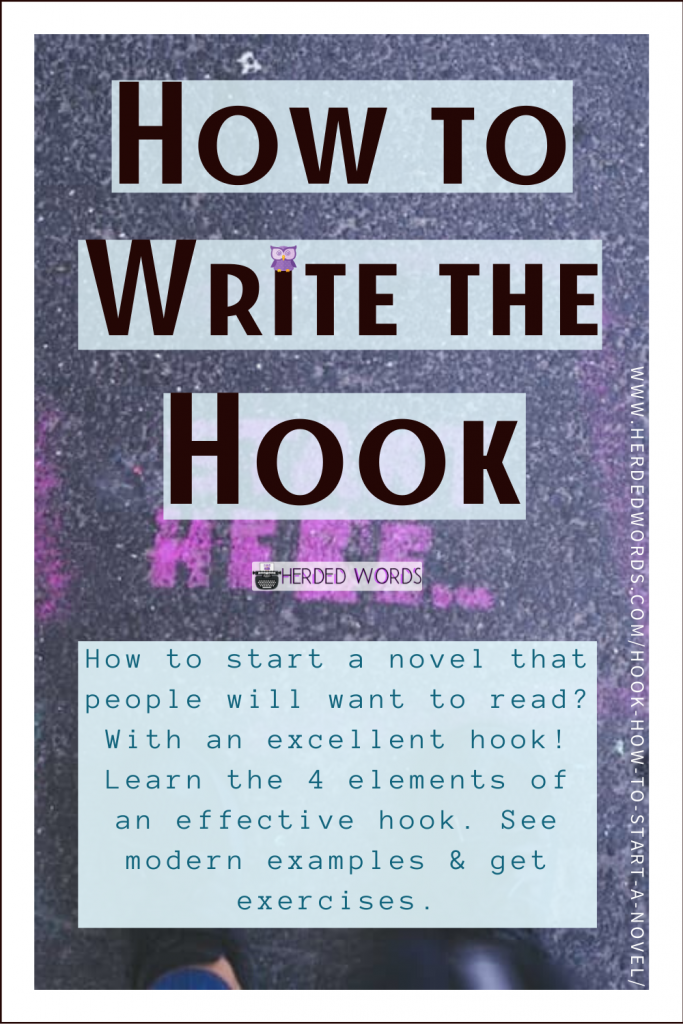
Cast your line and hook your reader by following these tips.
When you’re ready to move on, be sure to check out How to Write the Exposition of a Novel.
Like this post? Please PIN IT and follow me on social media. Thanks!
